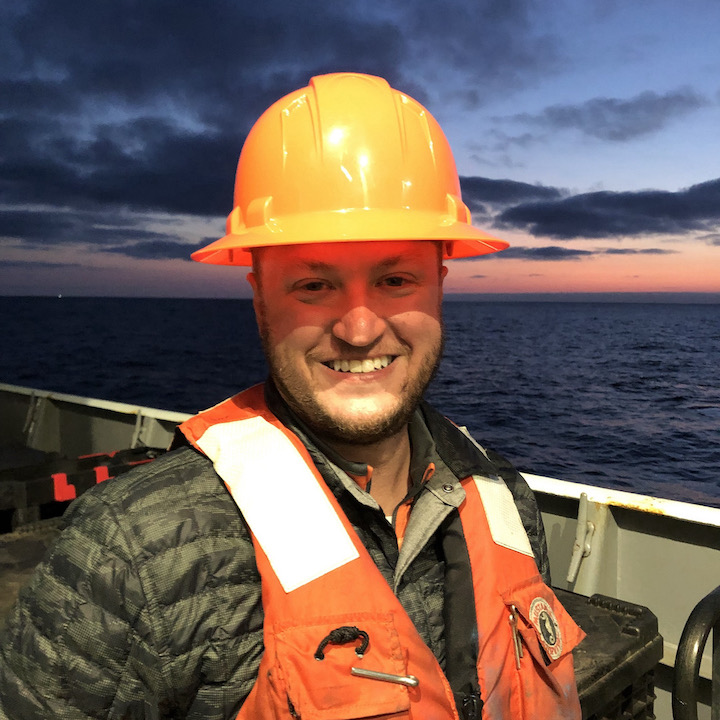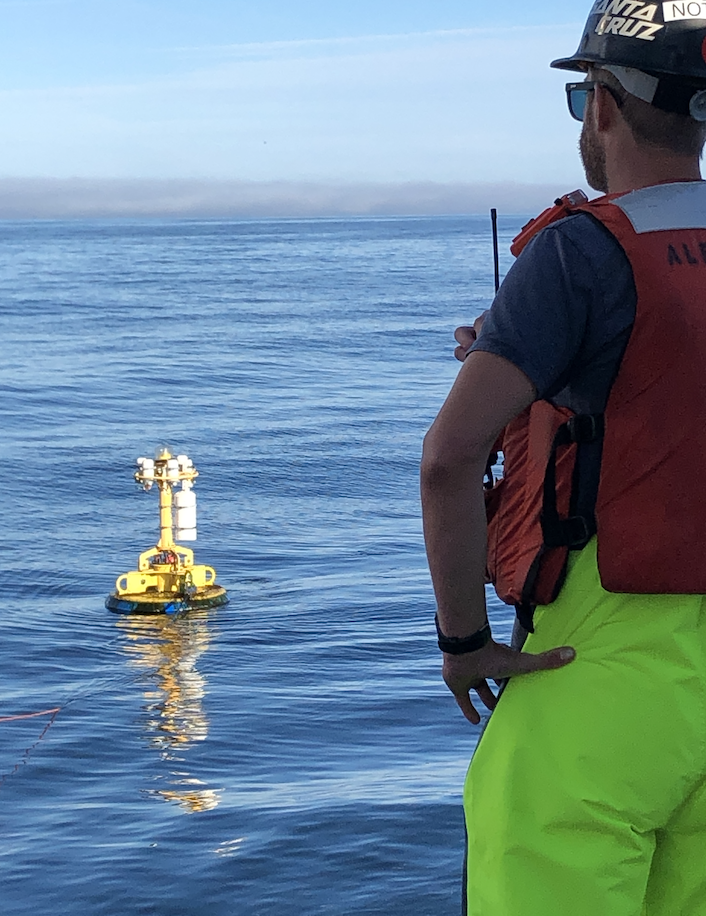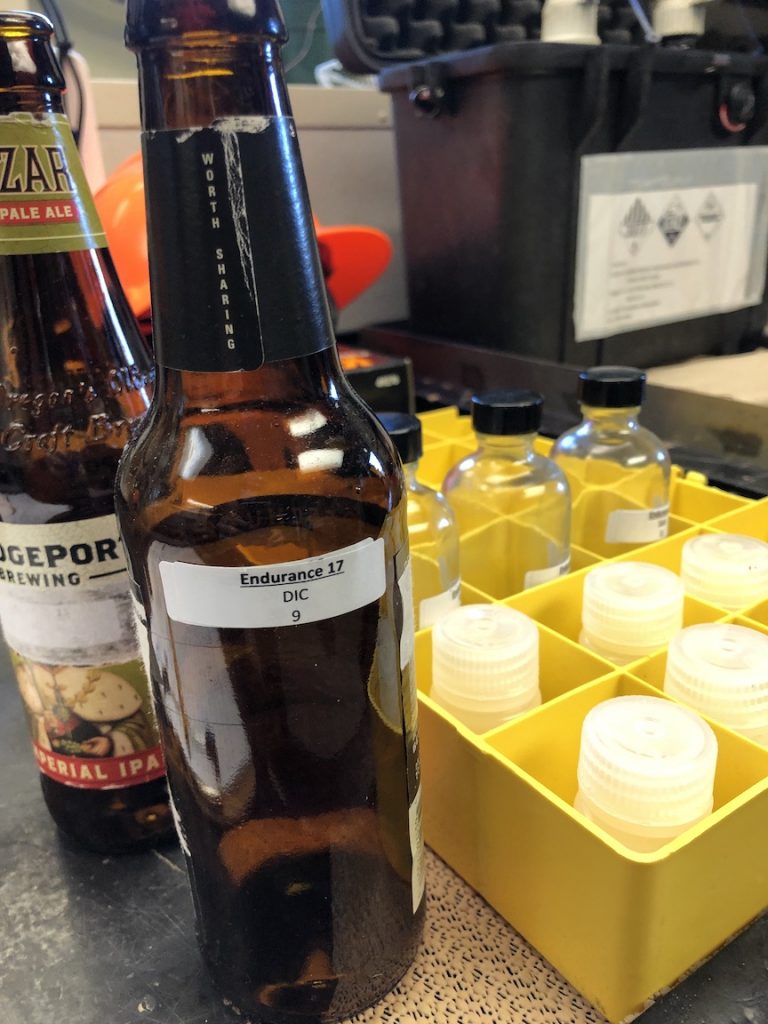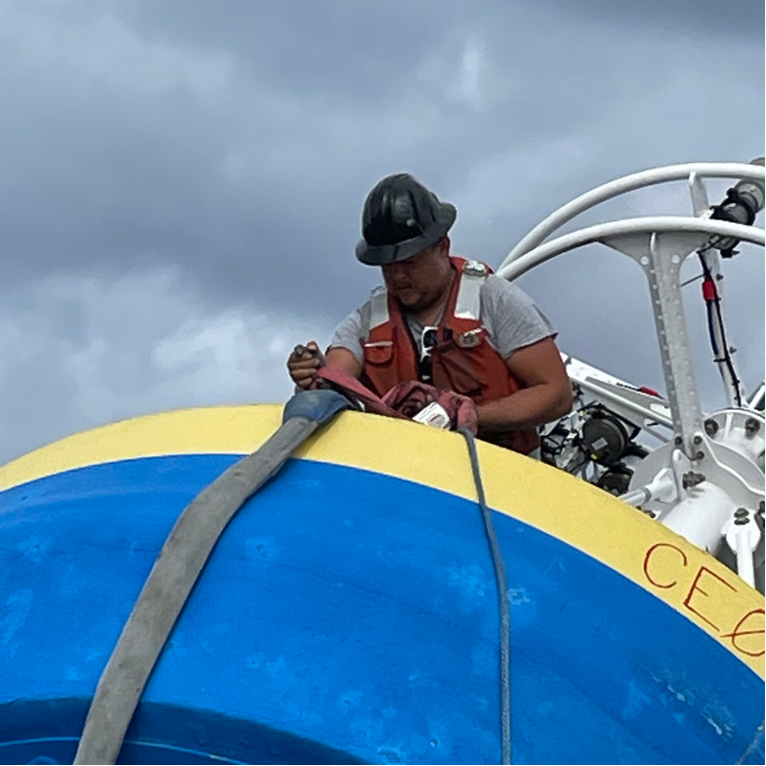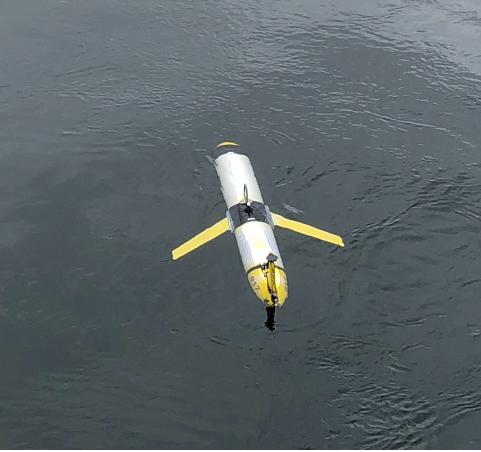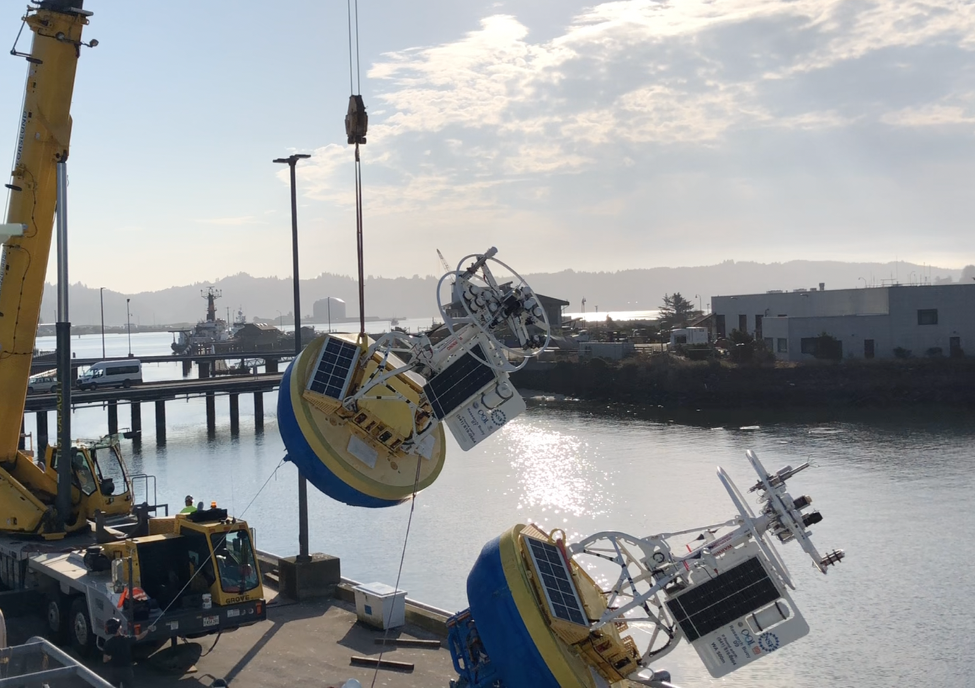Posts Tagged ‘Endurance Array’
An Insider’s View
Trenity Ford, a PhD candidate at Oklahoma State, is onboard the Thompson to collect and redeploy a foraminifera substrate experiment. Foraminifera are single-celled protists that can live both inside and outside of their shells. He reports on his experiences during Endurance 17 here. Bookmark the site and follow along to have another insider’s perspective about…
Read MoreChallenging Recovery
Sometimes the ocean takes over and recoveries of ocean observing equipment don’t go quite as planned. That’s what happened today when the Endurance 17 Team tried to recover the Washington Inshore Surface Mooring. This mooring is specifically designed to examine coastal-scale phenomena and withstand the challenging conditions of shallow coastal environments, including large tidal fluctuations.…
Read MoreRecycling Beer Bottles
As it turns out, breweries and scientists have something in common. They both like to recycle beer bottles. As part of daily operations, the Endurance 17 team conducts water sampling on water collected by a CTD (conductivity, temperature, and depth) Rosette. The water samples are used to validate oxygen, salinity, nutrients, chlorophyll, and dissolved carbon…
Read MoreTwo moorings, two gliders, topped with a CTD
As my mother-in-law would say, today on the R/V Thomas G. Thompson was chock-a-block full. We arrived at the Washington Shelf Site around 11 am and immediately set to work. The first task at hand was to deploy the Washington Shelf Surface Mooring, a huge 8,000-pound, 20-foot-high buoy. The instrumented anchor, called the MFN or…
Read MoreUnlikely solution
The Coastal Endurance Team applied Desitin ointment, typically used to avoid diaper rashes and other skin ailments, to Glider 917. The ointment is a zinc oxide solution that prevents marine growth on gliders that traverse the shallow coastal waters near the Endurance Array’s Washington line. Marine growth thrives in the upper layers of water where…
Read MoreMobilization
Twelve Endurance 17 team members, led by Chief Scientist Jonathan Fram, met in the early morning darkness at Oregon State University’s Ocean Observing Center in Corvallis for the hour-long drive to the NOAA Marine Operations Center in Newport. There, they disembarked and took the last of three COVID test leading up the expedition aboard the…
Read More
